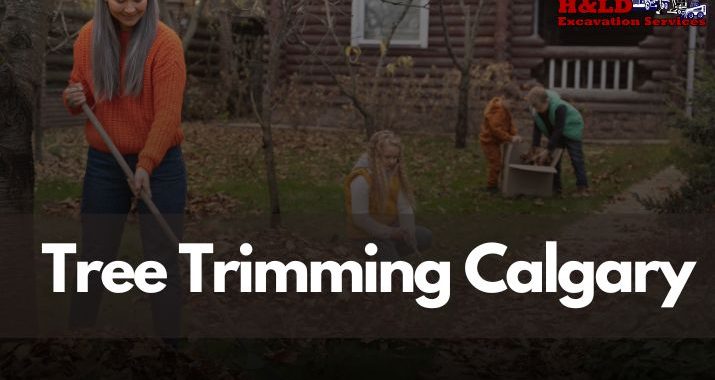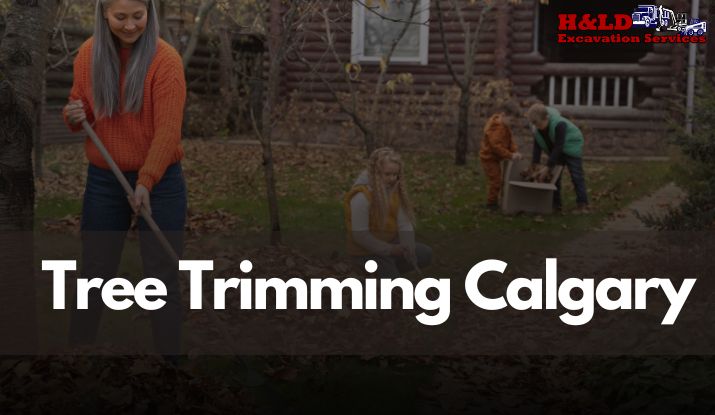Tree trimming is essential for maintaining healthy, beautiful trees. However, improper techniques can harm your trees, leading to poor health and structural issues. By understanding common tree trimming mistakes and how to avoid them, you can ensure your trees thrive. In this article, we have listed down some frequent mistakes and practical tips to prevent them.
Over-Pruning
Over-pruning is a common error where too many branches are removed at once. This can stress the tree, reducing its ability to photosynthesize and affecting its overall growth. To avoid over-pruning, limit trimming to no more than 25% of the tree’s foliage in one year. Focus on removing dead, diseased, or damaged branches while preserving the tree’s natural shape and structure.
Incorrect Timing
Timing is crucial in tree trimming Calgary. Each tree species has an optimal time for pruning, usually during its dormant season. For many trees, late winter or early spring is ideal as it minimizes stress and allows for quick recovery when growth resumes. Research the specific needs of your tree species to determine the best pruning time and avoid trimming during active growth periods, which can lead to sap loss and vulnerability to pests.
Using Improper Tools
Using the wrong tools or dull equipment can damage your trees. Tools like pruning shears, loppers, and saws should be sharp and appropriate for the branch size. Dull tools make ragged cuts that can serve as entry points for pests and diseases. Regularly maintain and sharpen your tools to ensure clean cuts. For large branches, using a professional-grade saw or hiring an arborist is recommended.
Cutting Too Close to the Trunk
Another common mistake is cutting branches too close to the trunk, known as a flush cut. This practice can damage the bark and trunk tissue, hindering the tree’s healing process and increasing disease risk. Instead, use the three-cut method: make the first cut on the underside of the branch to prevent tearing, the second cut a few inches away from the trunk to remove most of the branch, and the final cut just outside the branch collar to promote proper healing.
Ignoring Tree Structure
Ignoring the tree’s natural structure can lead to poor trimming outcomes. Each tree has a unique growth pattern, and maintaining its natural shape is vital for its health and stability. Avoid removing large, structural branches unless necessary, and focus on preserving the tree’s balance and symmetry. Understanding your tree’s growth habits helps in making informed trimming decisions that support its long-term health.
Not Cleaning Up Properly
Post-trimming cleanup is often overlooked. Leaving debris such as branches, leaves, and twigs around the tree can attract pests and diseases. Proper cleanup is crucial for maintaining a healthy environment. Dispose of trimmed materials promptly and consider using wood chips as mulch to benefit your garden. Regularly inspect the area around the tree to keep it clean and free from potential hazards.
Final Thoughts – Common Tree Trimming Mistakes
Avoiding common tree trimming mistakes is crucial for maintaining healthy, aesthetically pleasing trees. Over-pruning, incorrect timing, using improper tools, cutting too close to the trunk, ignoring tree structure, and neglecting cleanup are frequent errors that can harm your trees. Implementing proper trimming techniques promotes healthy growth and ensures your trees remain a valuable part of your landscape. For complex trimming tasks or if you’re uncertain about the best approach, hiring a professional arborist can ensure the job is done correctly and safely.





